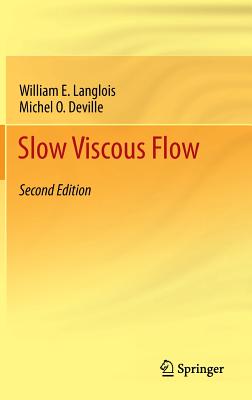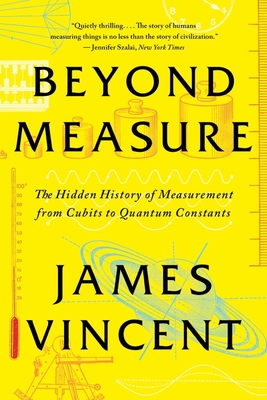
Slow Viscous Flow
Description
Leonardo wrote, "Mechanics is the paradise of the mathematical sciences, because by means of it one comes to the fruits of mathematics"; replace "Mechanics" by "Fluid mechanics" and here we are.
- From the Preface to the Second Edition
Although the exponential growth of computer power has advanced the importance of simulations and visualization tools for elaborating new models, designs and technologies, the discipline of fluid mechanics is still large, and turbulence in flows remains a challenging problem in classical physics. Like its predecessor, the revised and expanded Second Edition of this book addresses the basic principles of fluid mechanics and solves fluid flow problems where viscous effects are the dominant physical phenomena.
Much progress has occurred in the half a century that has passed since the edition of 1964. As predicted, aspects of hydrodynamics once considered offbeat have risen to importance. For example, the authors have worked on problems where variations in viscosity and surface tension cannot be ignored. The advent of nanotechnology has broadened interest in the hydrodynamics of thin films, and hydromagnetic effects and radiative heat transfer are routinely encountered in materials processing. This monograph develops the basic equations, in the three most important coordinate systems, in a way that makes it easy to incorporate these phenomena into the theory.
The book originally described by Prof. Langlois as "a monograph on theoretical hydrodynamics, written in the language of applied mathematics" offers much new coverage including the second principle of thermodynamics, the Boussinesq approximation, time dependent flows, Marangoni convection, Kovasznay flow, plane periodic solutions, Hele-Shaw cells, Stokeslets, rotlets, finite element methods, Wannier flow, corner eddies, and analysis of the Stokes operator.









